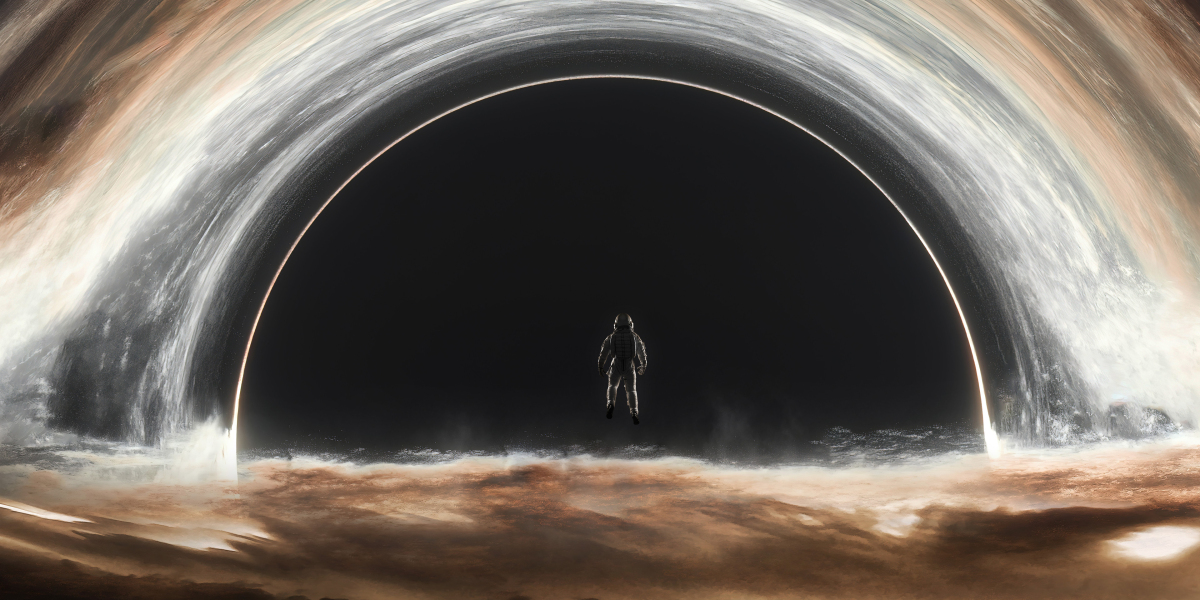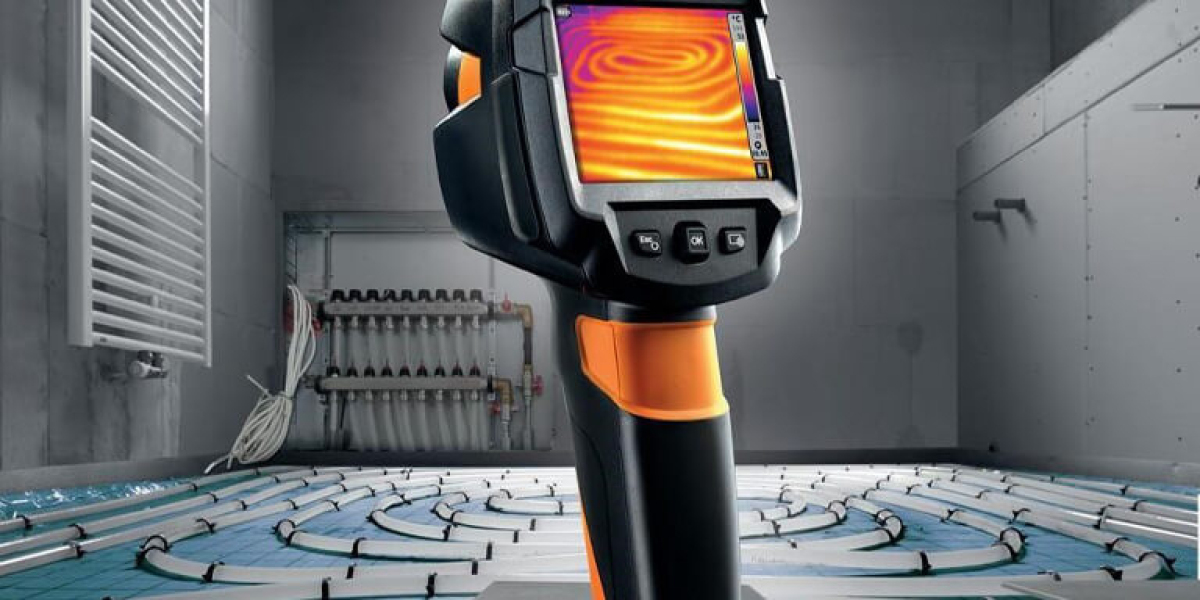Coffee lovers often find themselves debating the merits of different brewing methods. Among the most popular are cold brew and espresso. While both beverages share a common ingredient—coffee beans—their preparation, flavor, and caffeine content vary significantly. Understanding these differences between cold brew and espresso coffee can enhance your appreciation for each style.

Brewing Methods: Cold Brew vs. Espresso
The primary distinction between cold brew and espresso lies in their brewing processes. Cold brew is made by steeping coarsely ground coffee in cold water for an extended period, typically 12 to 24 hours. This slow extraction method results in a smooth, less acidic beverage. In contrast, espresso is brewed by forcing hot water through finely ground coffee under high pressure, usually within 25 to 30 seconds. This rapid extraction produces a concentrated shot with a rich crema on top.
Flavor Profiles
The flavor profiles of cold brew and espresso are markedly different due to their brewing techniques. Cold brew tends to have a mellow, sweet taste with chocolatey undertones, making it a refreshing choice, especially in warmer weather. On the other hand, espresso is bold and intense, often characterized by its rich, robust flavors. The high-pressure brewing process extracts oils and compounds that contribute to its complex taste.
Caffeine Content
When it comes to caffeine, many people wonder about the differences between cold brew and espresso coffee. A standard serving of espresso (about 1 ounce) contains approximately 63 milligrams of caffeine. In contrast, cold brew coffee, typically served in larger quantities (8 ounces or more), can contain anywhere from 100 to 200 milligrams of caffeine, depending on the coffee-to-water ratio used during brewing. Therefore, while espresso is more concentrated, cold brew can pack a stronger caffeine punch per serving.
Health Benefits
Both cold brew and espresso offer unique health benefits. Cold brew is often praised for its lower acidity, making it gentler on the stomach and teeth. Conversely, espresso is rich in antioxidants and may improve cognitive function and metabolism. Understanding these health benefits can help you choose the right brew for your lifestyle.
Conclusion: Choosing Your Brew
In summary, the differences between cold brew and espresso coffee are significant, from their brewing methods to their flavor profiles and caffeine content. Whether you prefer the smooth, refreshing taste of cold brew or the bold intensity of espresso, both beverages have their unique appeal. For a deeper dive into these brewing methods, check out this comprehensive comparison.








